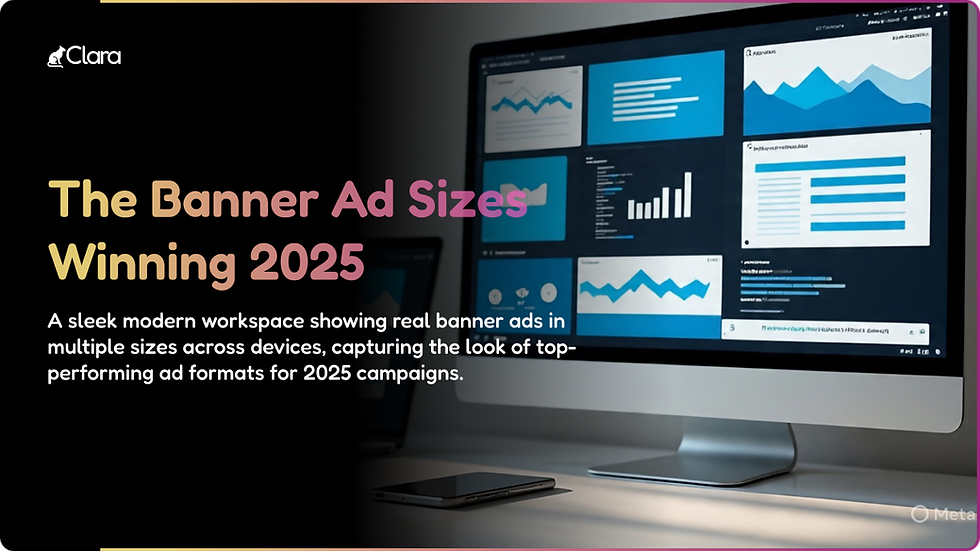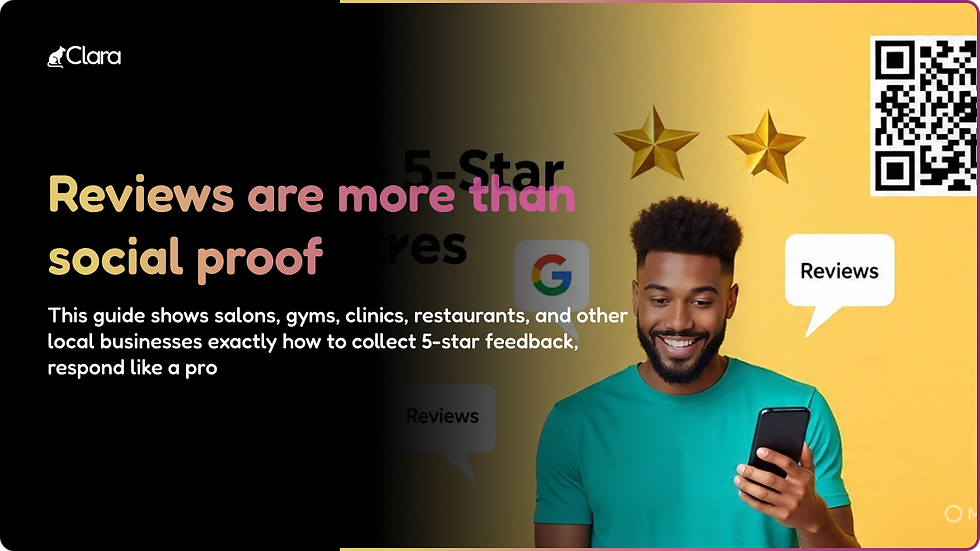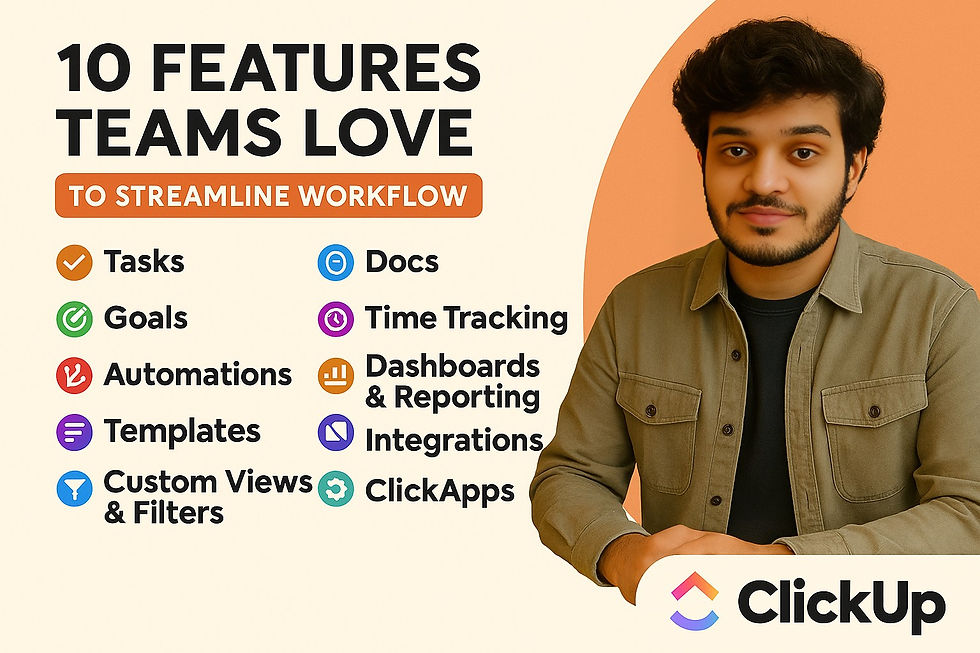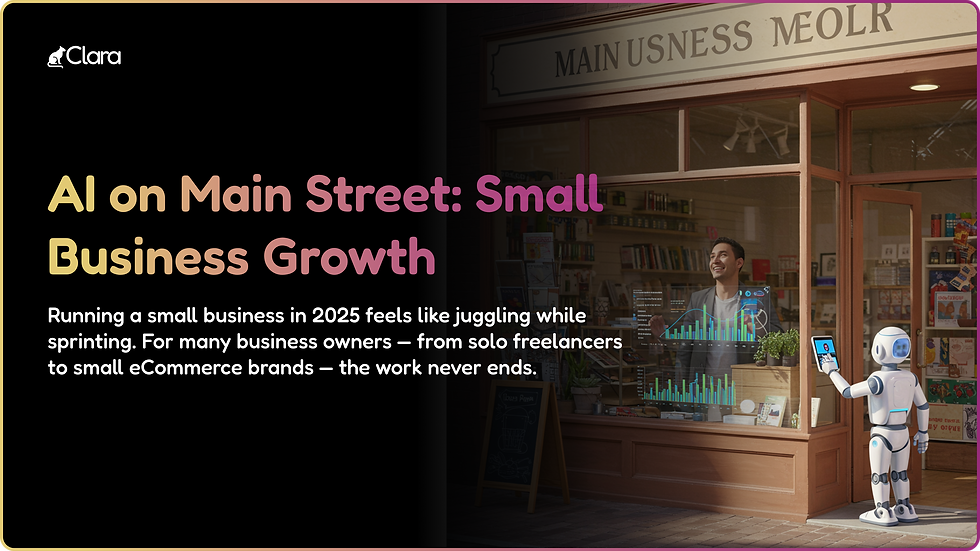- Dravya Bansal
- Oct 29, 2023
- 5 min read
When marketing, design, and engineering can all work together on their website development, they form a truly collaborative, cross-functional web team. This creates a shared language. These teams can share information more freely, understand each other’s work better, and are able to help each other complete projects successfully.
“I think what it really looks like now is that there are no silos,” said Corey. “It’s nice for us to be able to build together and work side by side and then collaborate on those larger projects.” Working together day in and day out helps teams better understand each other’s work to support each other more effectively.
Instead of sitting in the product or engineering org, at Dropbox Sign, web developer Justin Johnson is embedded in the marketing department. “Being part of the marketing pod gives me more context than I’m used to for the work I’m doing,” he explains. “Once you have context for something, you have more agency and ownership over it.”
The end result of this org structure is that developers are no longer cut off from the result of their work. They can see campaigns through from beginning to end, participate in ideation, design, and implementation and watch page visits rise due to their hard work. “It just feels good,” Justin added.
“I think what it really looks like now is that there are no silos.” — Corey Shrecengost, Content Producer at Dropbox Sign
Modern tools give marketers the ability to run point on website development projects
When marketers and designers are forced to wait for engineers to execute changes, it inevitably creates bottlenecks. They can’t drive specific deadlines for launch dates or make small updates because development resources are always so limited.
Free up your team’s energy on both sides by giving marketing the tools to make their own changes to the website. “With visual development tools, the designers and marketing team can make any changes they need to functionality on the fly,” said Justin. “They can build a new landing page in a couple of days instead of the next sprint in a couple of weeks.”
Engineers can set up a page structure in their CMS with repeatable elements created by designers. Marketing teams can use these pieces to create their own pages that fit right into the design of the rest of the site. “All of that can now be handled by the content team,” he added, “I don’t even have to think about it.”
When the Dropbox team launched a resource center, Justin was able to build the structure of the site while Corey populated it with content. The process was collaborative, and as a result, they were able to build more targeted, thorough resources for customers faster. “Our content downloads from the resource center have more than doubled,” said Corey.
Reimagining web development teams
In our ebook, learn how visual development enables strong cross-team collaboration and frees up precious developer resources.
IT and engineering can start focusing on higher-impact projects
Traditional web development processes mean engineering teams are constantly swamped with tickets, leaving them little time to focus on more ambitious, high-impact projects. With modern ways of building for the web, marketers, designers, and even copy editors can make their own changes to the website. This shrinks web project backlogs and a number of review cycles for engineering — a win-win.
“The magic of the workflow that we have set up is that our marketing devs are able to tackle higher impact dev builds,” said Corey. “It honestly feels kind of freeing to be able to hand over some projects,” added Justin.
Striking this balance can help you create higher-performing websites and more innovative businesses. Being able to shift over responsibility gives web developers the capacity to focus on more complex tasks and business-critical projects coming down the road.
Modern web design processes can also increase engineers’ job satisfaction. “I always have more fun doing the problem-solving bit of writing code or developing a feature,” said Justin. “You get to engage your brain. Having more time for new fun problems and issues and things to figure out definitely feels good.”
“It honestly feels kind of freeing to be able to hand over some projects.” — Justin Johnson, web developer at Dropbox Sign
Visual development tools also help your developers work faster
Visual development isn’t just helpful for non-technical people. It also helps developers work faster and takes annoying busywork off their plates. The key is repeatable design elements like global code tags, Symbols and classes, and scripting.
Webflow writes clean, semantic code as you build your site, so developers still have all the power they need to craft their code exactly as they want, but they can write it much faster.
Designers can create their own building blocks for your website, exactly to spec. Developers don’t have to waste time interpreting their designs for web formats. Instead, they can use the pre-built elements designers create to assemble as many sections and pages as needed.
Changes are also faster when you can change an entire class or symbol and have that change flow through your entire website. The Dropbox team needed to change their name and logo from Hello Sign to Dropbox Sign on thousands of pages and 21 localized languages. They could use Webflow’s global code tags and build a script to make rolling changes without delaying their launch date.
Justin also found that building their site so it could be more accessible to the less technical folks on his new team made him a better developer. “When I structure things more intentionally, I’m always happy that I did,” he said, “It makes my life easier too.” He noticed he could jump into a feature later and understand it more quickly since it was more organized, speeding up his work in the process.
Build better web teams by becoming better collaborative partners
Web development has always been a collaborative process. However, empowering non-technical teams to contribute to and own parts of the website unlocks deeper levels of collaboration for your business. Team members can support each other when they actually understand each other’s work.
With all of the modern web development tools available now, it’s the perfect time to think critically about your team’s processes and examine the systems you have in place. Audit your tools, understand your goals, and identify the pain points of all your team members.
“If some of those pain points can be solved by breaking down silos and working more closely on some of your systems, said Corey, “then visual development is the best opportunity for you to make that happen.”
To learn how to enable cross-functional teams for success when it comes to running your website, read our latest ebook. For more information on how Webflow can save your engineers precious time and empower your non-technical team members, get in touch with our team.



















